Mostly spurned as an annoying weed, offers the Dock knotweed diverse uses as a medicinal plant. It can also be consumed as a wild vegetable. In naturopathy, it is used for fever, inflammation of the skin and stomach and intestinal problems. Spa treatments are also recommended. Its high content of vitamins and micronutrients as well as fiber should be emphasized.
Occurrence and cultivation of the dock knotweed

The knotweed prefers loamy, loose and nutrient-rich soil. It is a nitrogen indicator and therefore often grows on over-fertilized agricultural areas. In addition, the soil must have a high level of moisture. Usually you can find it - as the name suggests - on fields and meadow edges. It can also be found sporadically in gardens and on river banks.
The plant is one of the perennial plants and reaches a height of between 100 and 150 cm. Its shape is very diverse, but always herbaceous. Usually it grows upright and more or less branched. Its leaves, which grow in spring, are large and shaped like a lancet or an egg.
A central brownish spot on the leaf is characteristic of the dock knotweed. In summer it then forms a strongly branched and knotty flower stem. From July this blooms green to pink and is reminiscent of an ear. Several subspecies of the dock knotweed can be distinguished on the basis of the leaf shape and hairiness as well as the color of the flowers.
Effect & application
When using the dock knotweed, numerous parts of the plant are used: leaves, seeds, the sap and the dried roots. The choice of the appropriate plant component depends on the subspecies and the complaints. The application can be done internally as well as externally.
The main properties of this herb are its astringent and antibacterial properties. As a result, it is increasingly used for inflammation of the skin, such as acne and eczema. The dock is also said to have a supportive effect in the case of fungal infections or arthritis. The dried roots, which are collected in autumn, are used for this. The proportion of oxalic acid is increased in the leaves. Care should therefore be taken when using them.
Pregnant and breastfeeding women, as well as people with gout or kidney stones, should avoid using these ingredients. Homeopathy uses the dock especially for skin complaints and respiratory diseases, since the dock is said to have an expectorant property in addition to its anti-inflammatory effect. It also treats menstrual cramps and digestive problems.
The plant components are either brewed as tea - for internal and external use -, prepared in tinctures or put on as envelopes with crushed leaves. Ground seeds are also offered in tea form. However, its consumption is only recommended in small amounts under 15 g. This is because symptoms of poisoning can also occur with a medicinal plant. This shows up in symptoms like vomiting, diarrhea or difficulty swallowing.
Combinations of different natural remedies are also popular. The elder or the cowslip are often combined with the dock knotweed. These compounds complement each other ideally in their anti-inflammatory effects. Another positive effect of the vaccine is its blood-purifying and detoxifying effect. It is also popular in the kitchen as a wild vegetable: in salads, in boiled form or ground into flour. The contained oxalic acid has a laxative effect. The tannins contained can also alleviate diarrhea.
Importance for health, treatment & prevention
In addition to the already mentioned ingredients oxalic acid and tannins, the dock knotweed is rich in vitamin C, iron, flavoglycosides, tannic acid, hyperosides and potassium oxalate. In addition, there are vitamins A and B6, calcium, potassium, magnesium, proteins and fiber in high concentrations. The combination of these different vitamins and micronutrients is the main reason for the healing properties of the plant.
The high iron content supports the formation of red blood cells. Good blood formation is the basis for an adequate supply of oxygen to the organs. Furthermore, potassium supports the function of the cardiovascular system. The knotweed also has a reputation for helping against springtime fatigue. Thanks to its diverting properties and the high vitamin content, it gets the organism going again.
The very high content of vitamin C ensures the functioning of the immune system. This stimulates the formation of white blood cells. An intact immune system effectively protects the organism from invading pathogens and generally provides more energy. Another extensive area of application is the gastrointestinal tract.
The dock knotweed supports a healthy intestinal activity and has a calming effect on stomach upset. Flatulence, constipation and diarrhea can be counteracted. One of the reasons for this is the high fiber content. These also have a beneficial effect on the cholesterol level in the blood and thus also on the cardiovascular system.
The dock knotweed can also help with eczema, skin impurities, insect bites and minor burns externally. Its astringent and antibacterial properties are useful here and support the skin in its healing process. In this case, compresses made from leaves are primarily used.
Because of this wide range of uses, the dock knotweed is also known as a universal medicinal herb. Allergy sufferers should, however, be careful when using it, as the dock plants have a moderately strong allergenic effect.

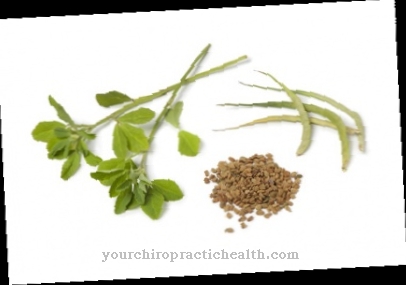

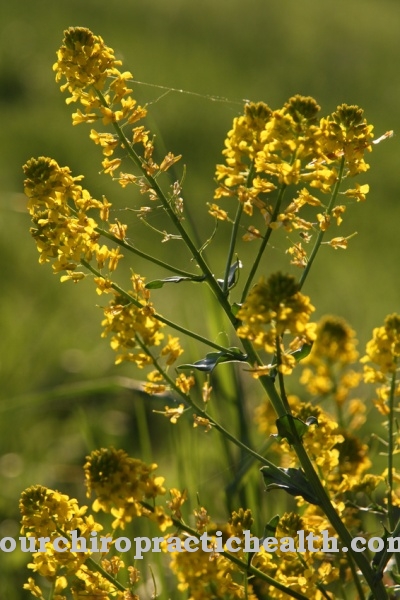
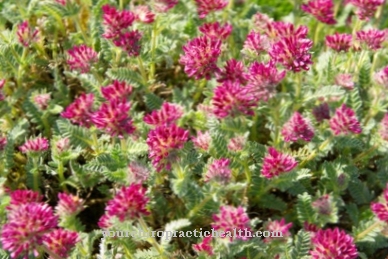
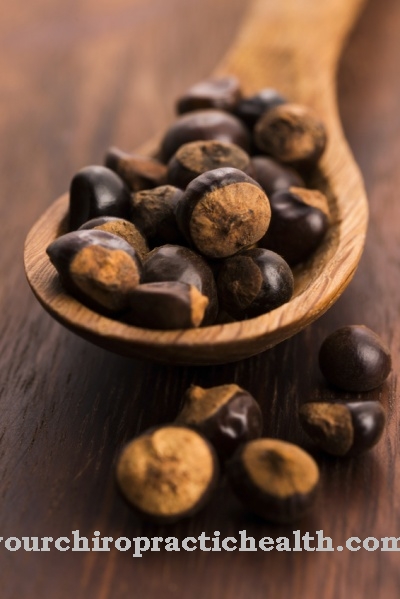
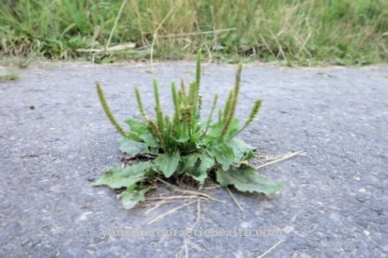

.jpg)



















